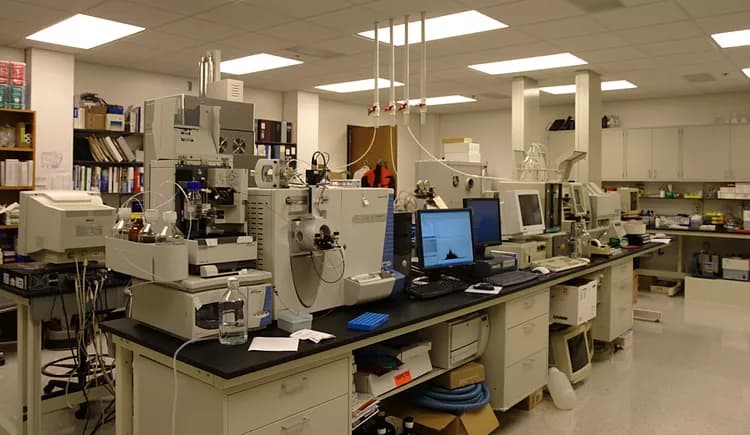What are the other Names for this Test? (Equivalent Terms)
- Total Protein with A/G Ratio
What is Total Serum Protein with Albumin/Globulin Ratio? (Background Information)
- Proteins: These are important building blocks of the body and are vital for body health. Albumin and Globulin are two types of plasma proteins found in the blood
- Total Serum Protein with Albumin/Globulin Ratio: A test for total serum protein measures the amount of total protein found in the blood and gives specific information on the amount of blood albumin and globulin (and the ratio between the two)
- This routine medical test helps evaluate the body nutritional status, is a key indicator for the performance of liver and kidneys in the body, and can aid in an early detection of certain diseases
- If the test results show either an elevated or reduced level, then additional tests are performed, to determine the condition causing the abnormal protein levels. Further diagnosis and course of action is based on the results of the additional tests
- Albumin protein is made in the liver and globulin protein is made in different tissues, such as liver, immune cells (like lymphocytes), etc.
What are the Clinical Indications for performing the Total Serum Protein with Albumin/Globulin Ratio?
The Total Serum Protein with Albumin/Globulin Ratio test may form a part of routine health check-up (along with other tests). It is also performed on individuals in the following scenarios:
- Those experiencing gradual/sudden weight-loss, without any identified reason
- Those having symptoms suggestive of a kidney or liver disorder
- Those suffering from edema (the abnormal accumulation of fluids) in various parts of the body, such as feet (called pedal edema), around the eyes(called peri-orbital edema),in the peritoneal cavity of abdomen (called ascites), in the pleural space around the lungs (called pleural effusion), or generalized accumulation of fluid throughout the body(called ansarca)
How is the Specimen Collected for Total Serum Protein with Albumin/Globulin Ratio?
Sample required: Blood
Process: Insertion of needle into a vein (arm) or, by pricking an infant’s heel or, using the finger-stick (finger prick) method in adults and children.
Preparation required: None
What is the Significance of the Total Serum Protein with Albumin/Globulin Ratio Result?
A low level of total protein indicates:
- Serious case of malnutrition (maybe due to a lack of insufficient absorption of proteins)
- Conditions producing malabsorption of proteins, like Celiac disease, inflammatory bowel disease, etc.
- Kidney or liver related disease
A low level of albumin/globulin ratio indicates:
- Conditions causing overproduction of globulins, like autoimmune diseases (systemic lupus erythematosus)
- Conditions causing underproduction or loss of albumins, like in nephrotic syndrome, liver cirrhosis, etc.
A high level of total protein indicates:
- Kidney or liver related diseases
- Chronic inflammations and/or infections (viral hepatitis, HIV)
- Bone marrow disorders (multiple myeloma, etc.)
A high level of albumin/globulin ratio indicates:
- Conditions causing underproduction of globulins, like leukemia, hypothyroidism, and some genetic disorders
The laboratory test results are NOT to be interpreted as results of a "stand-alone" test. The test results have to be interpreted after correlating with suitable clinical findings and additional supplemental tests/information. Your healthcare providers will explain the meaning of your tests results, based on the overall clinical scenario.
Additional and Relevant Useful Information:
- About 60% of total protein is albumin; globulin makes up the rest 40% of protein
- Globulin proteins are present in enzymes, antibodies, hormones, carrier proteins, and several other different types of proteins
- There are different types of globulin proteins called alpha, beta, and gamma types
Certain medications that you may be currently taking may influence the outcome of the test. Hence, it is important to inform your healthcare provider, the complete list of medications (including any herbal supplements) you are currently taking. This will help the healthcare provider interpret your test results more accurately and avoid unnecessary chances of a misdiagnosis.
Related Articles
Test Your Knowledge
Asked by users
Related Centers
Related Specialties
Related Physicians
Related Procedures
Related Resources
Join DoveHubs
and connect with fellow professionals


0 Comments
Please log in to post a comment.